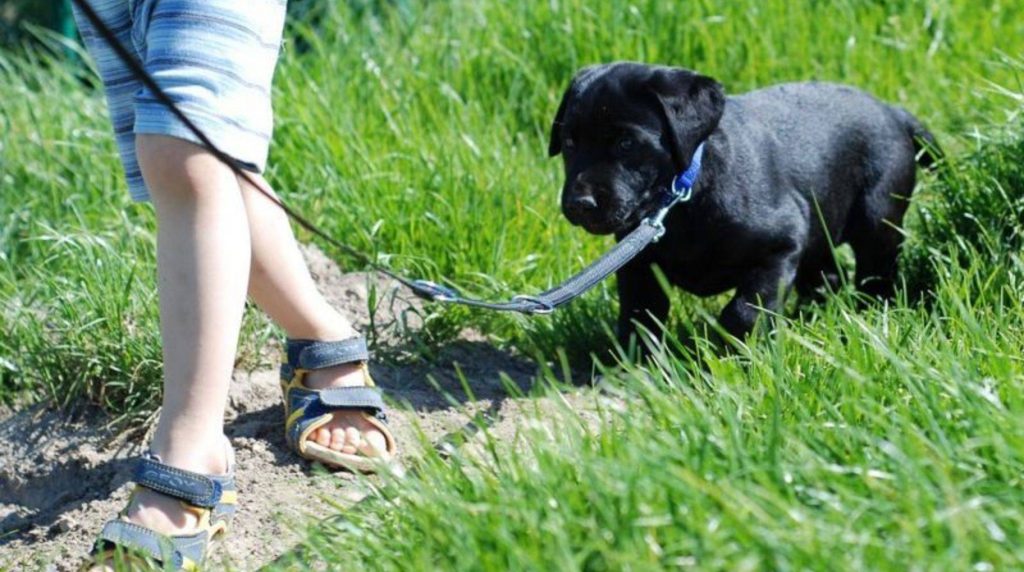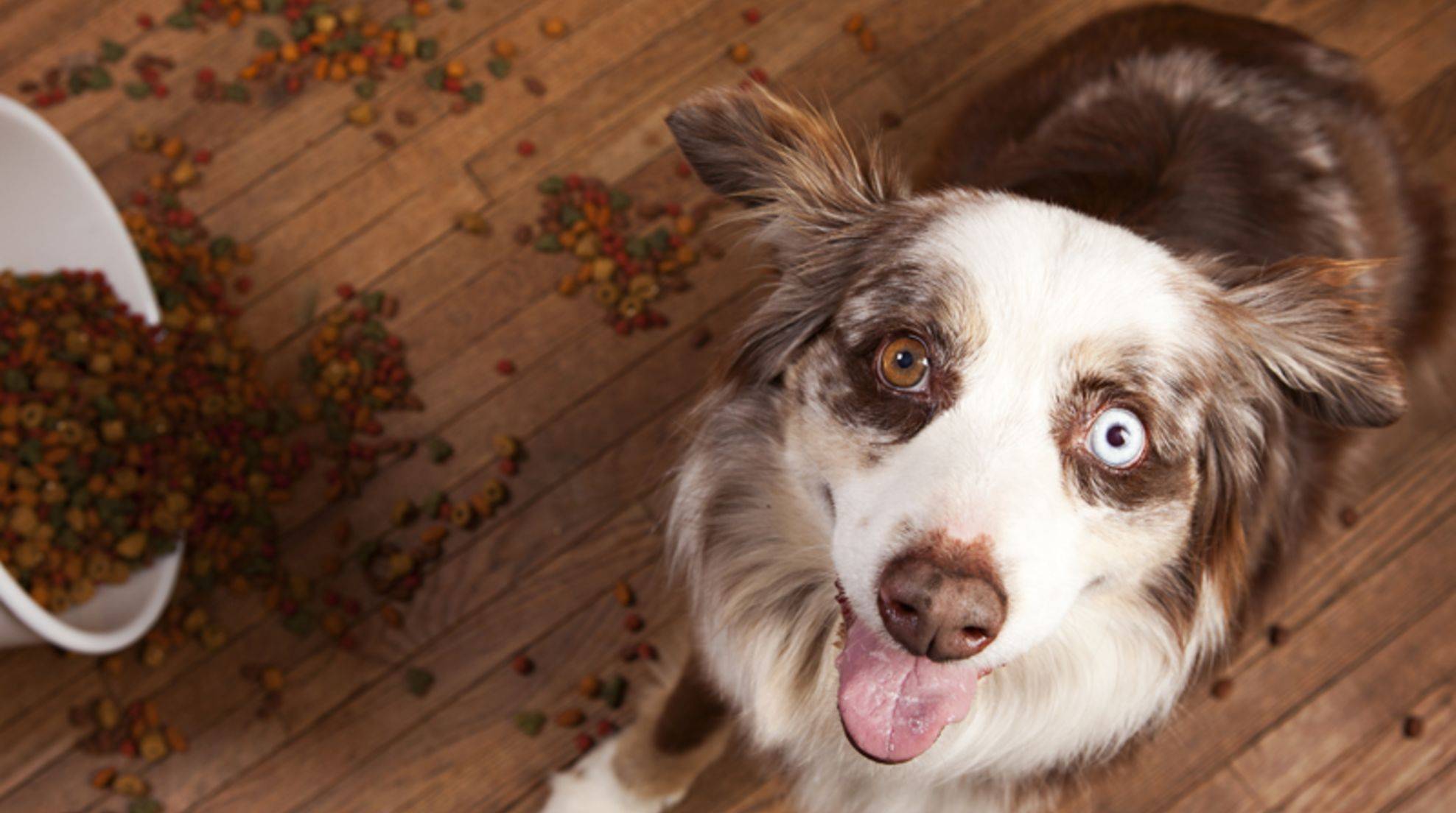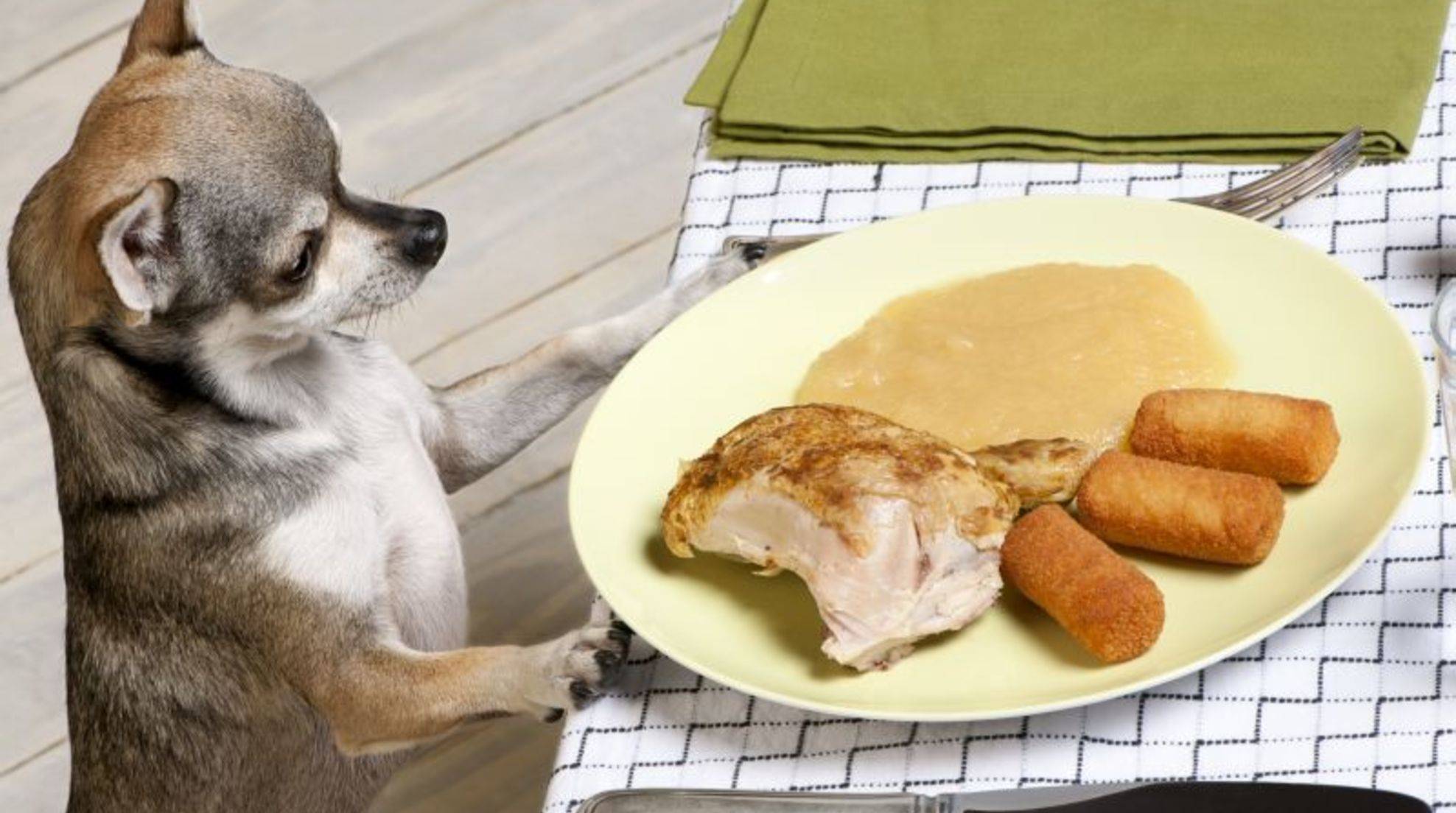Leash management: How to get your dog used to the leash
Collar and leash are not natural things for the dog, but unfortunately, you can not do without them nowadays. If you want to get your dog used to the leash, you should take these valuable tips to heart.
Before starting leash training, give your dog a good workout to calm and focus. Leash your dog in a good mood in a familiar atmosphere at home and praise him when he wears the dog collar.
Preparation: Putting on the collar
Signal to your four-legged friend that the collar is a good thing and give him time to get used to it. Tip: Start a great game right away and give your dog a treat as soon as you put the collar on. Then stop the game and take the yoke off immediately. Repeat this several times. At best, your dog will make the connection between the game/pleasure and the collar. If you are using a dog harness, you can do the same.
It is also essential that you use the right equipment. The collar should be relatively broad, as it will choke less. In any case, it should not tighten without stopping! More tips on the subject can be found in the guide “Dog harness or collar: What’s better?
Getting your dog used to a leash: step by step
Once you have put on the collar and leash, you can start. First, adjust to your puppy’s pace so that the leash sits loosely. Stop and lure him with a “come” or his name if he doesn’t want to go. You can also use a treat as a lure and gradually progress. In any case, be patient and do not pressure your four-legged friend. Patience is the key in dog training.
If your dog rushes ahead, stop and show your hunter that this is not the way to go. Then turn around and walk in another direction. If he runs along again, repeat the procedure. Very important: As soon as your dog walks quickly next to or in front of you, praise him enthusiastically and reward him so that he remembers that this behavior is correct.
Train leash control only briefly.
Be careful not to make training sessions too long. If you are getting your dog used to the leash, especially puppies, you shouldn’t do it for more than 15 minutes, as the four-legged friend probably won’t be able to concentrate after that. However, always loosen the leash only when your dog is at heel. In general, you should always practice only when your dog is busy and in an excellent mood to not transfer a lousy attitude to the furry nose.
For special tips on how to get a puppy used to a leash, see the guide “Getting Puppies Used to a Dog Collar: Tips.
Tips against pulling the leash with the dog
If your four-legged friend pulls permanently on the leash and almost strangles himself with his collar, you should try a dog harness. Your animal companion will slow himself down in it. In addition, the sharp cervical spine and the larynx are no longer so heavily loaded. Another practical tip against leash pulling is a light punishment by interrupting something pleasant. Your pet pulls to get to his destination as quickly as possible. Show him that this is not the way to move forward, however.
Stop and only move on when the leash is hanging loosely. You can also change direction abruptly from time to time. This way, your dog will quickly get used to the fact that he has to accept the leash and pay attention to your movement. For more tips on this very topic, check out the guide “What to do if your dog keeps pulling on the leash?”








